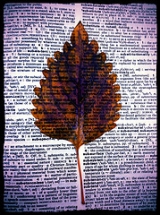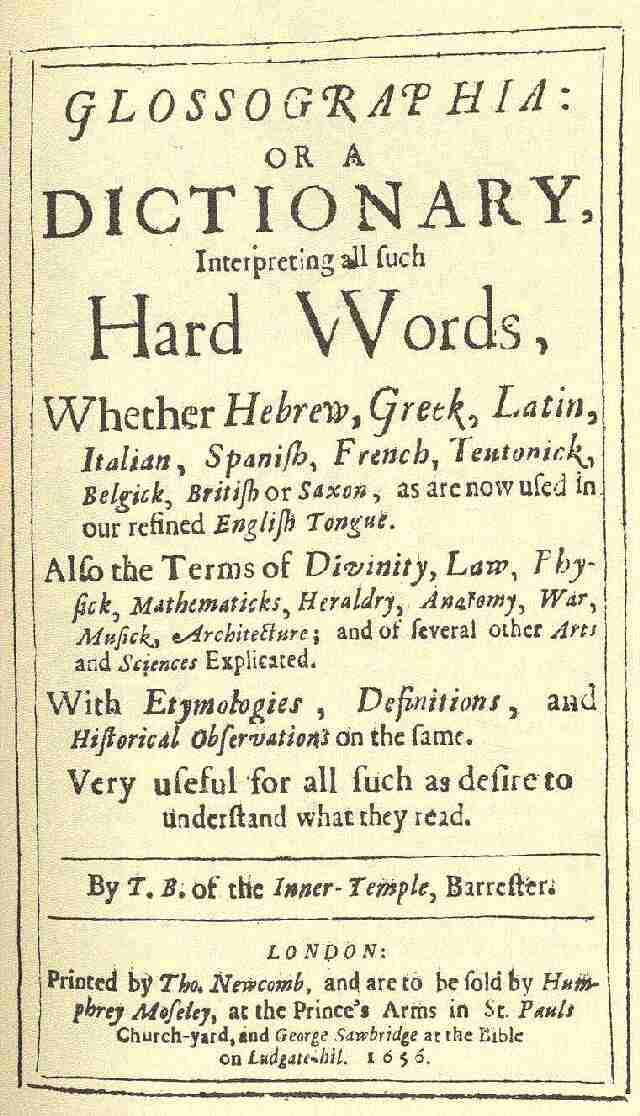
.
Book Review: Le ton beau de Marot
| Linguistic Disquisitions |
Le ton beau de Marot, by Douglas R. Hofstadter. New York: Basic Books, 1997, 632 pp.
As many of you may know, Douglas Hofstadter is the ingenious cognitive scientist who first stunned the world in the late 70s with his Godel, Escher, Bach, which he began writing while still a graduate student. Hofstadter used this venue to present a diversity of ideas concerning the mind, intelligence and metaphysics to a popular audience, using metaphors drawn from music, art and literature. While he has been active since that time, much of his subsequent work lacks the sparkle and ingenuity of this seminal discussion. In many ways, Le ton beau de Marot is equal if not superior to his early work, proving that Hofstadter is no one-hit wonder. Unfortunately, due to its intellectual demands, as well as its French title, this more recent work has had enjoyed neither the wide public acclaim nor the immense sales that it deserves. I think this is quite a shame, and thus I fully intend to foist this substantial volume on several friends.
Le ton beau, despite its title, is written in English, and while it might be better enjoyed by those familiar with French, fluency in foreign languages is by no means a prerequisite for enjoying it. Its subject, on the surface, is the nature of translation, reflecting Hofstadter's polylingual capabilities, his humanism, and his strong interest in language. Hofstadter, who is certainly no professional translator, holds to some idiosyncratic (but nevertheless quite justified) opinions about this subject, which he presents with vigour that sometimes crosses the line into self-righteousness. But it is the framework by which he frames his work that, as always, makes Hofstadter's work enjoyable to read. Le ton beau includes over 80 different translations, transformations and transmogrifications of a seemingly simple poem, "A une Damoyselle malade", by the relatively unknown French poet Clement Marot (1496-1544). which range from the straightforwardly literal to the downright bizarre. These translations, undertaken by Hofstadter, his friends, students and others, are meant to reflect the many different choices faced by translators who work with material such as poetry, where strictly literal translation is not usually the best choice. At the same time, Le ton beau is an homage to Hofstadter's late wife, who died while the book was being written. It is a noble tribute to her, and to Hofstadter's writing ability, which has obviously become more nuanced over the past two decades.
Hofstadter compellingly argues that, because restrictions such as rhyme and meter strongly influence the content of every poet's work, it is a gross miscarriage to ignore these factors when translating verse. For him, the linguistic pattern of writing is just as important (if not more so) than the content, and that the two are so inextricably intertwined that to ignore one is inexcusable. By arguing that the translation process is fundamentally a creative process, involving important choices by the translator that require ingenuity and good sense, he claims, quite sensibly, that a translator's role should be accorded the same weight as that of a musician's interpretation of a classical composition. From this statement of belief, he delivers a scathing critique of machine translation as it is presently practiced, arguing that effectively, the only way to have a satisfactory machine translator is to develop a truly intelligent program. Here, we are on familiar ground with Hofstadter, who is one of the world's renowned experts on artificial intelligence. While he is certainly idiosyncratic, and has been faulted for his excessive breadth of interest at the expense of 'serious' research, this is a strength rather than a weakness in an eclectic work intended for intelligent lay readers.
Hofstadter is not a great poet (though many of his contributors are), but is remarkably creative and perceptive concerning language and its manipulation. As such, Le ton beau reflects his interest in how language (the 'form' of thought) structures the way we think (the 'content' of thought) and express ourselves. It is chock-full of references to some of the most remarkable literary compositions (both poetry and prose) in which the use of language is at the forefront, such as lipograms (works of fiction that omit one or more letters of the alphabet entirely). If Hofstadter ultimately fails to convince fully, it is because his views on translation are most persuasive when considering constrained writing such as lipograms and poetry (not to mention Hofstadter's own work), but less so for ordinary prose writing, where translation is often more straightforward (though never completely so).
I strongly recommend this book to anyone interested in language, poetry, translation or artificial intelligence, Le ton beau de Marot. While it lacks some of the unbridled creative energy of Godel, Escher, Bach, it is far more readable for the non-specialist reader who is uninterested in computing. It is, at its root, a fundamentally humanistic book, filled with personal insight, biographical detail, and a profound respect for the human mind (something not always found among technologically-informed people).
I hope you have found this site to be useful. If you have any corrections, additions, or comments, please contact me. Please note that I am not able to respond to all requests. Please consult a major dictionary before e-mailing your query. All material on this page © 1996-2021 Stephen Chrisomalis. Links to this page may be made without permission.








